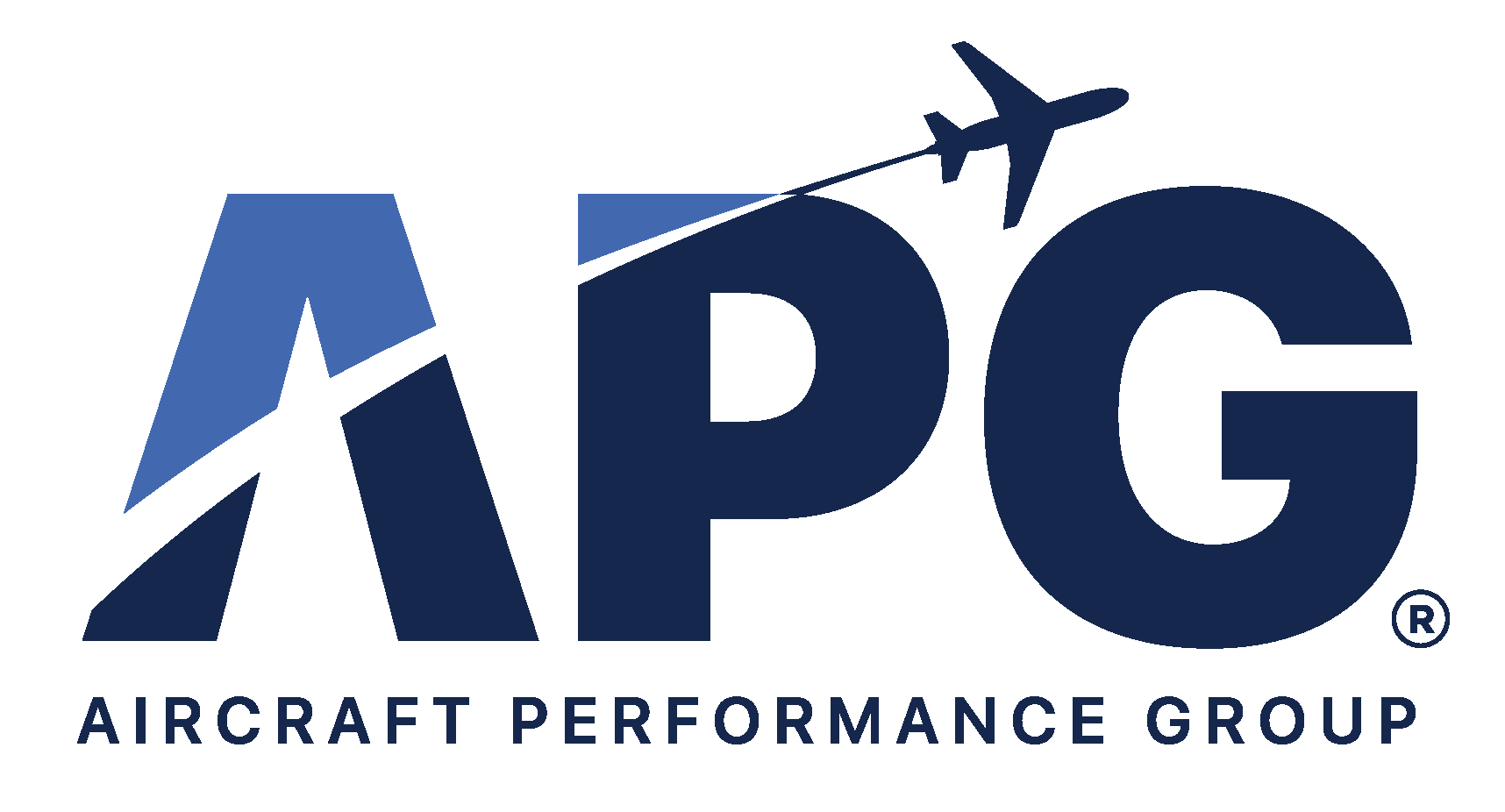
Runway Analysis is a critical preflight takeoff procedure for all aircraft operations. Pilots must accurately evaluate conditions and limitations for required safety measures in the event of an aborted takeoff. While regulations vary by region, runway analysis must be conducted before the flight for the departure and destination airports.
Runway analysis is the process by which pilots of multi-engine aircraft confirm, in the case of an engine failure, they can safely stop on the runway or safely continue the takeoff if they are above the decision speed, V1 for takeoff.
For landing, runway analysis measures the ability to safely land and stop on the runway, in current conditions, or to safely execute a “go-around” in the case of a missed approach or balked landing.
Using aircraft performance data
An aircraft’s performance behavior relative to conditions is included in the Airplane Flight Manual (AFM) produced by the manufacturer. The AFM contains information on the limitations and capabilities of the aircraft under normal, abnormal, and emergency scenarios. An accurate runway analysis is achieved using performance data combined with the specified runway’s length, slope, local terrain and obstacles, and current weather, to predict a safe takeoff run.
Aborted takeoff and engine failure
Because engine failure is the basis for runway analysis, it’s assumed that if an engine were to fail during the takeoff run, there must be a decision speed (V1) calculated based on the given runway and the aircraft capabilities under its current load and ambient conditions for a safe stop or a continuation of the takeoff.
During the takeoff run, if the a pilot decides to abort prior to the V1 speed threshold, the maximum takeoff weight calculation ensures the aircraft has sufficient distance in the available runway for a safe stop.
If the pilot chooses to continue the takeoff run with one engine inoperative (OEI), the maximum takeoff weight is similarly used to ensure the aircraft has sufficient distance in the available runway to continue the takeoff, acceptable climb capabilities, and a flight path that is clear of obstacles for the engine out procedure (EOP).
Engine Out Procedure (EOP)
An Engine Out Procedure is an escape route customized for the airfield at which a specific aircraft is taking off. It is a lateral flight path that is designed to minimize obstacle interference and pilot workload during an emergency. Most runways offer a straight out path, also referred to as “fly runway heading”.
Benefits of runway analysis software
With the introduction of on-demand flight planning apps, what used to require complex, manual calculations with printed charts is now offered in on-demand, mobile applications. These tools help aviators compile and process thousands of data points with the touch of a button. As the aviation industry expands, aircraft performance tools are becoming more commonplace and necessary for operational safety and accuracy.
Flight analysis software helps to simplify the flight planning process by giving streamlined aircraft performance results based on OEM data. Benefits of runway analysis software include:
- Feasibility & Flexibility: Global, on-demand data offers much more flexibility for pilots to assess aircraft maximum takeoff weight requirements with a few clicks.
- Integrated Communication: Pilots can instantly communicate flight plans and procedures with crew and dispatchers by sharing data instantly to mobile devices.
- Reduced Workload: Pilot workload can be greatly reduced for pre-flight procedures and during an engine failure event.
- Accurate Data Analysis: Huge amounts of performance data for nearly any aircraft offer instant feedback for real-time calculations based on ambient conditions. This includes brake energy limits, minimum controllable speeds, obstacle limit, takeoff thrust time limit, and much more.
- Efficiency & Confidence: Flight planning and runway analysis apps offer easy adjustments when conditions change helping to improve efficiency and pilot confidence for variable conditions.
While there is no easy button to ensure a perfect takeoff or landing, the latest developments in runway analysis tools certainly make it simpler. Flight planning apps offer much more detailed and accurate performance data in seconds. This helps pilots make informed decisions about the safety and feasibility of a scheduled flight before takeoff.


